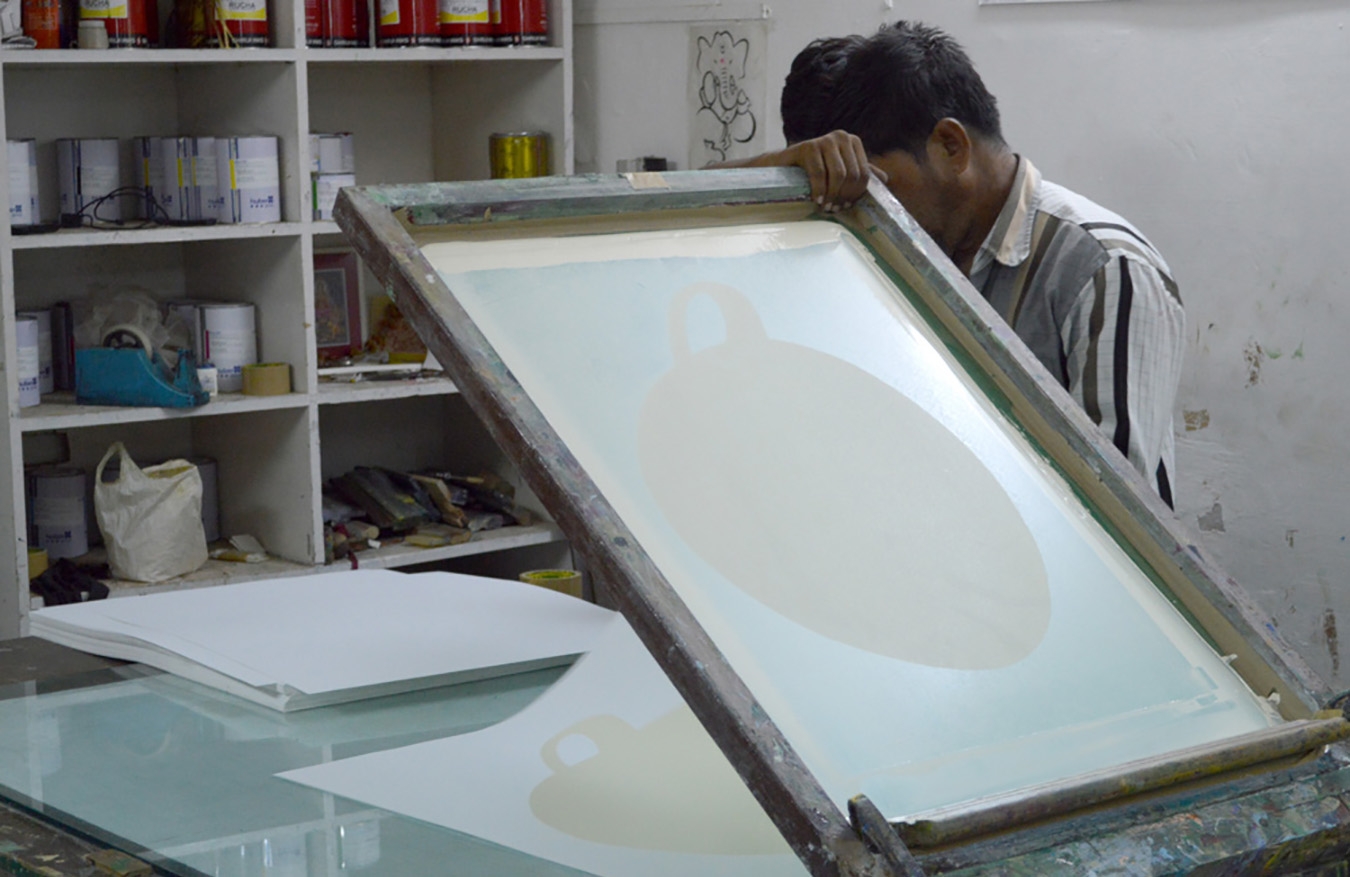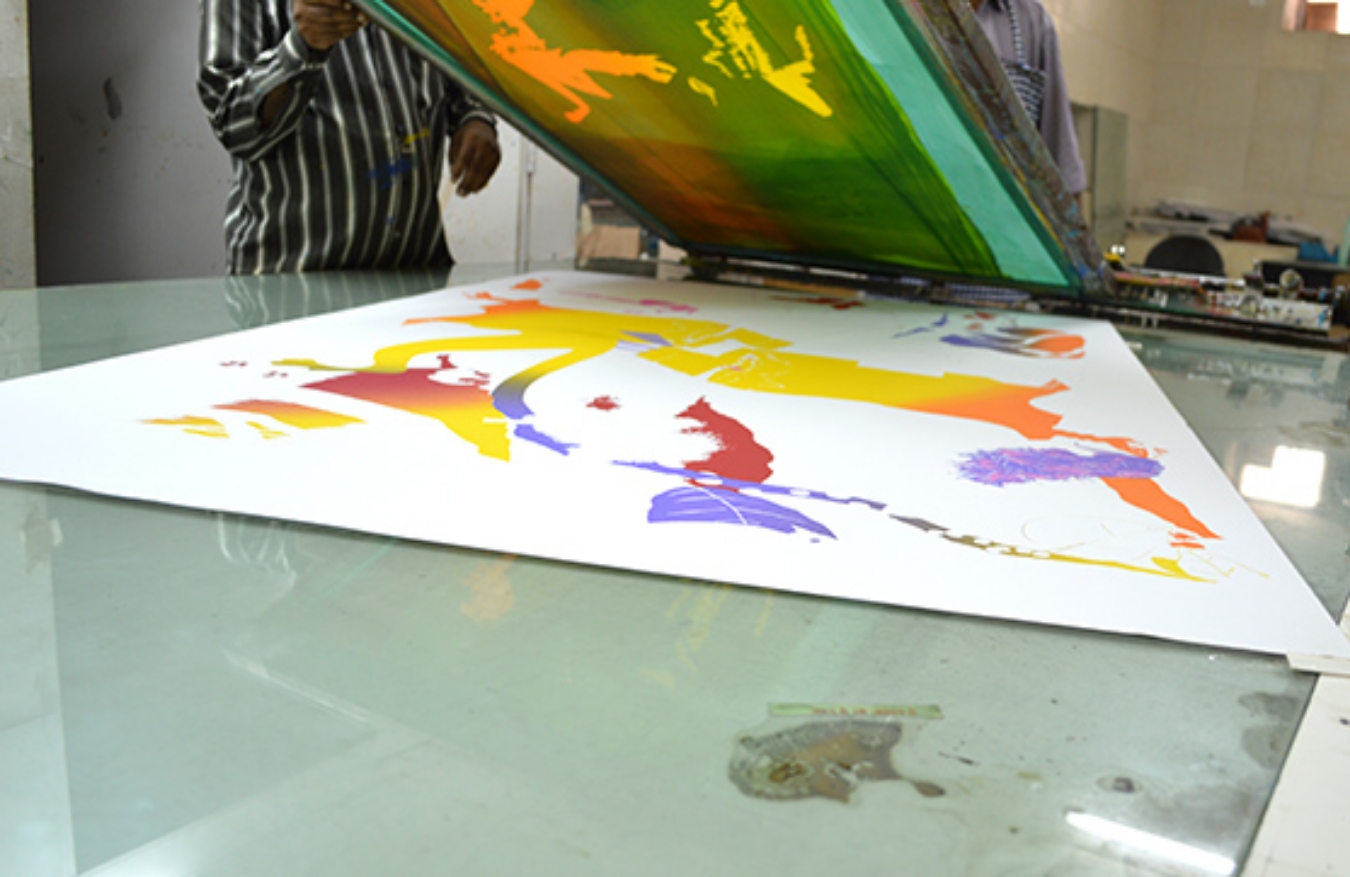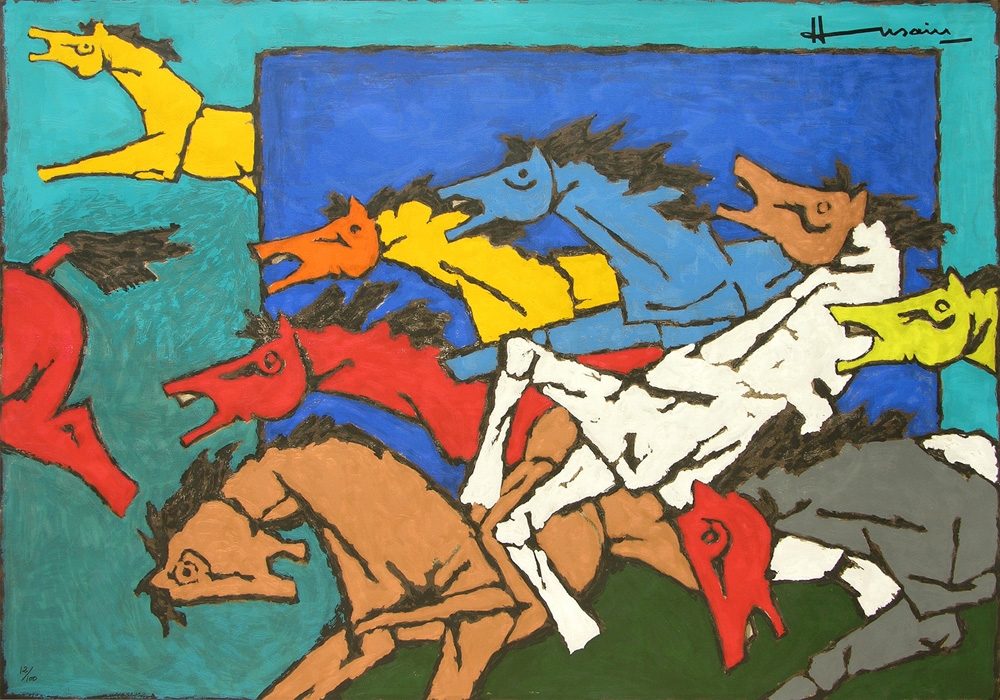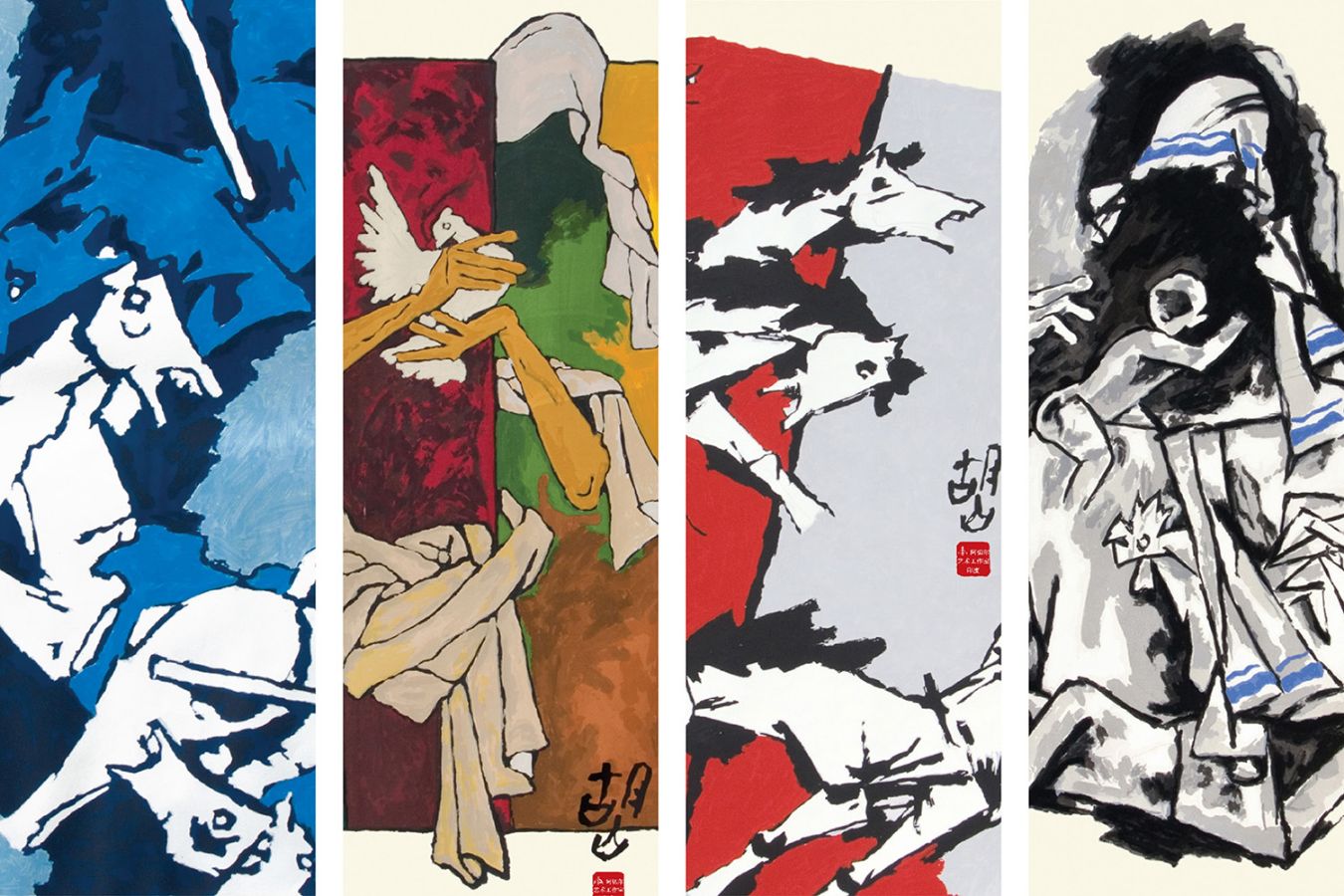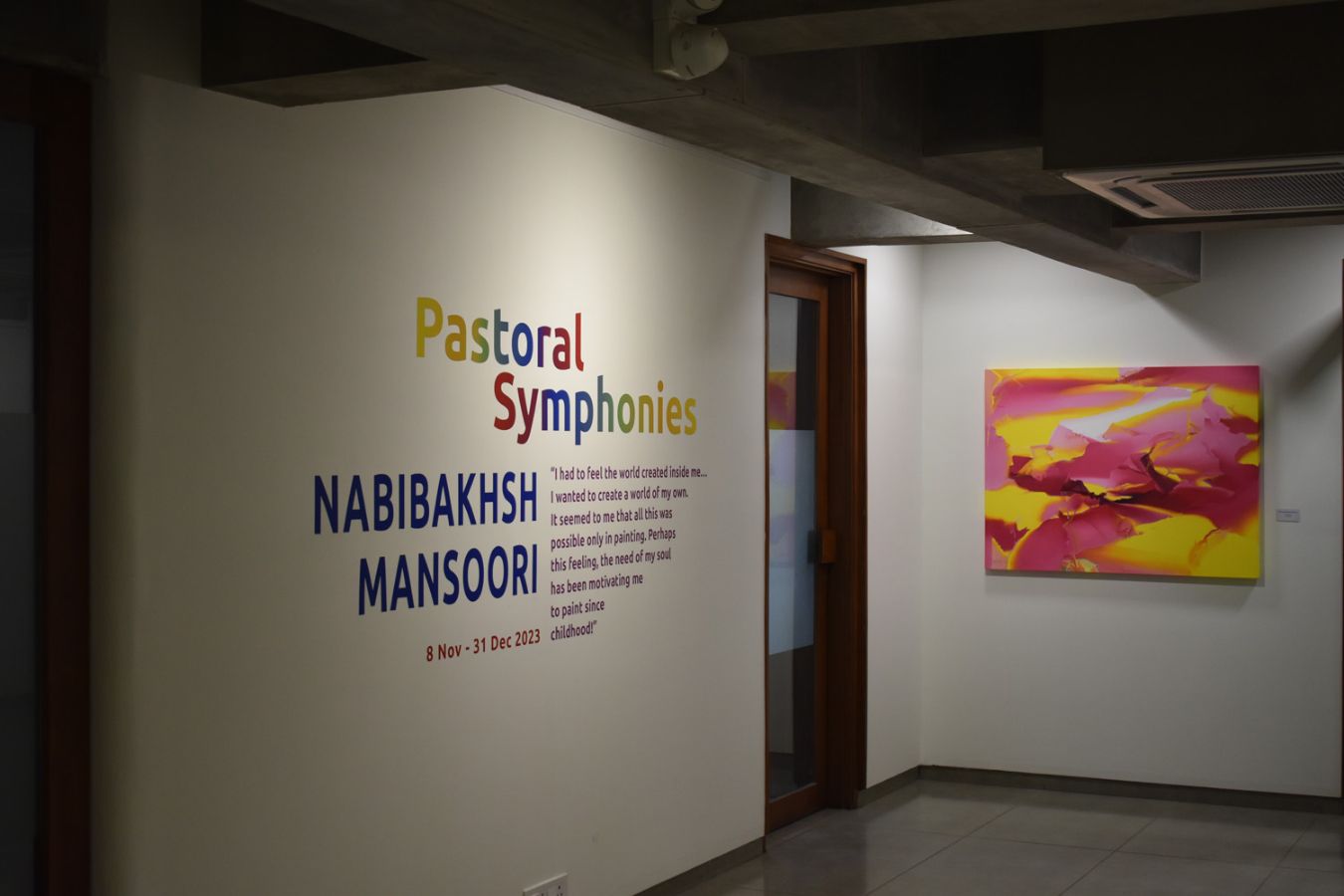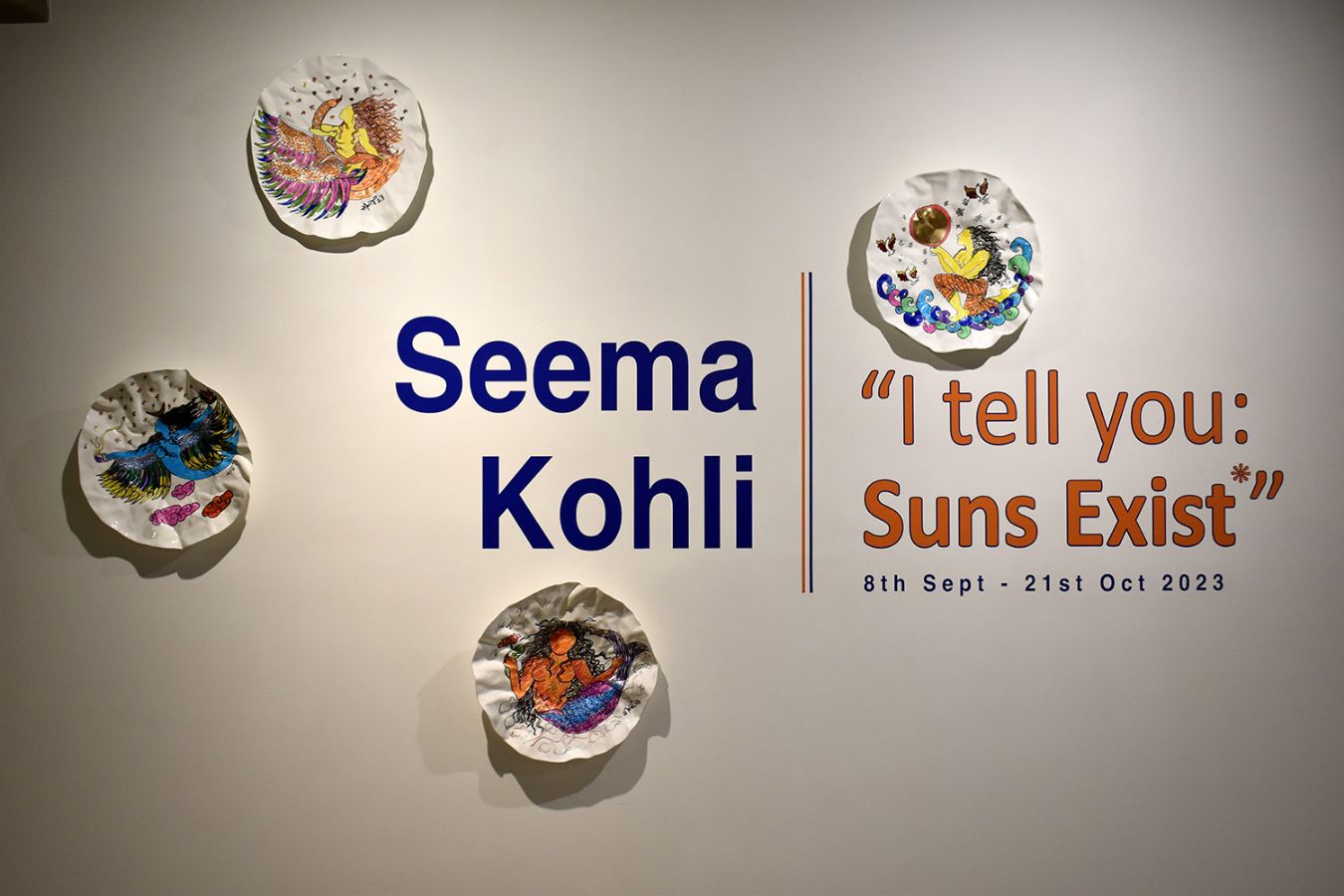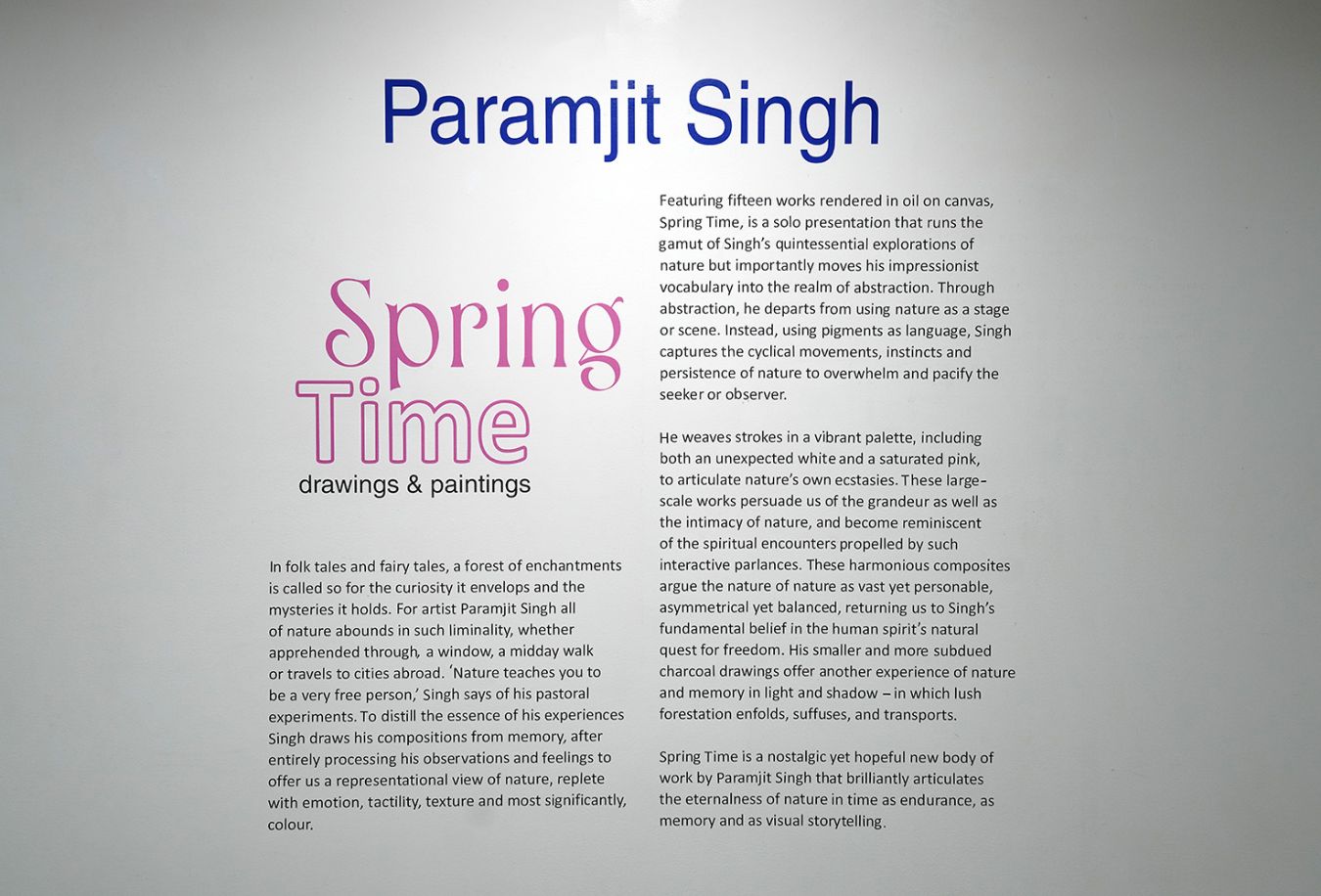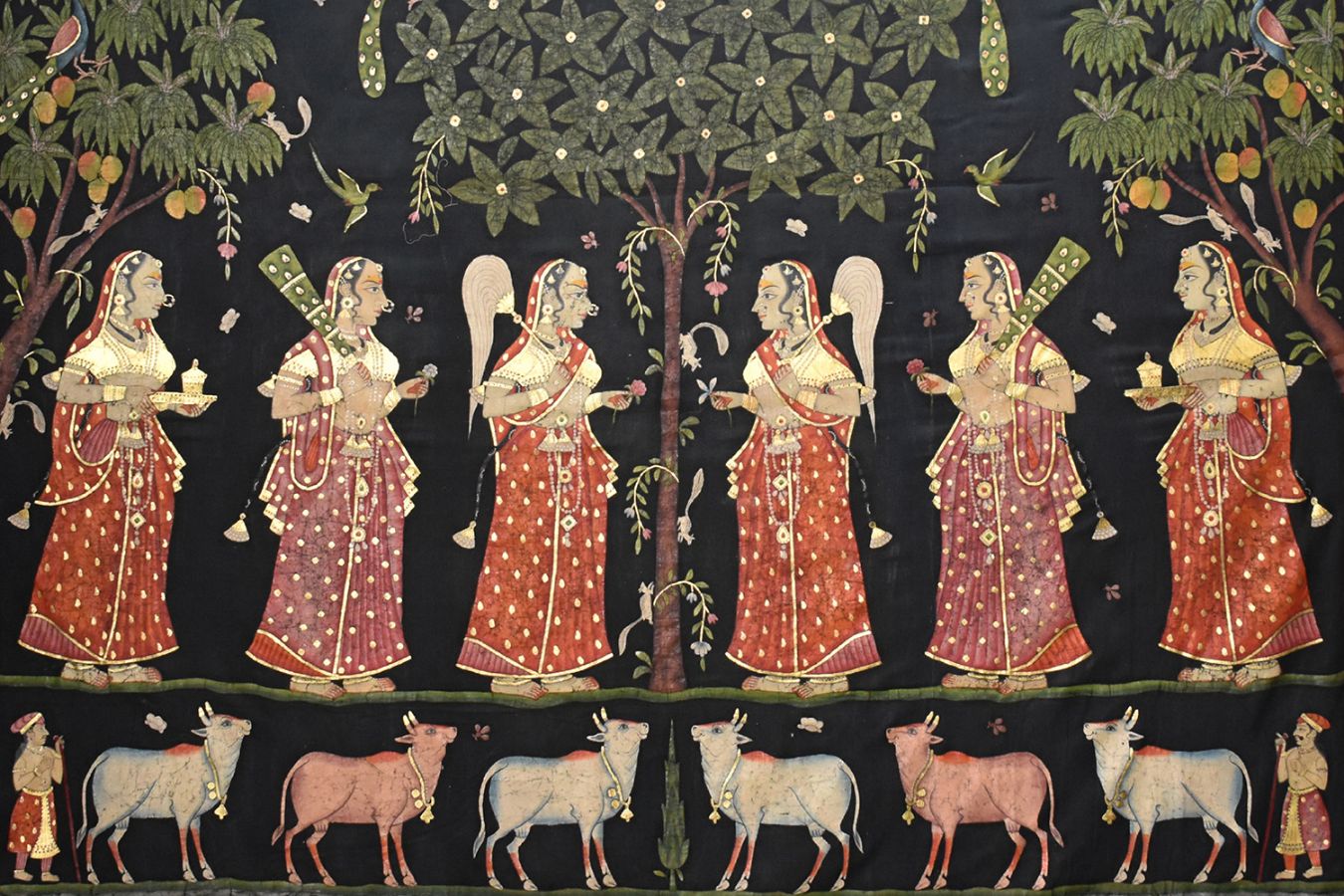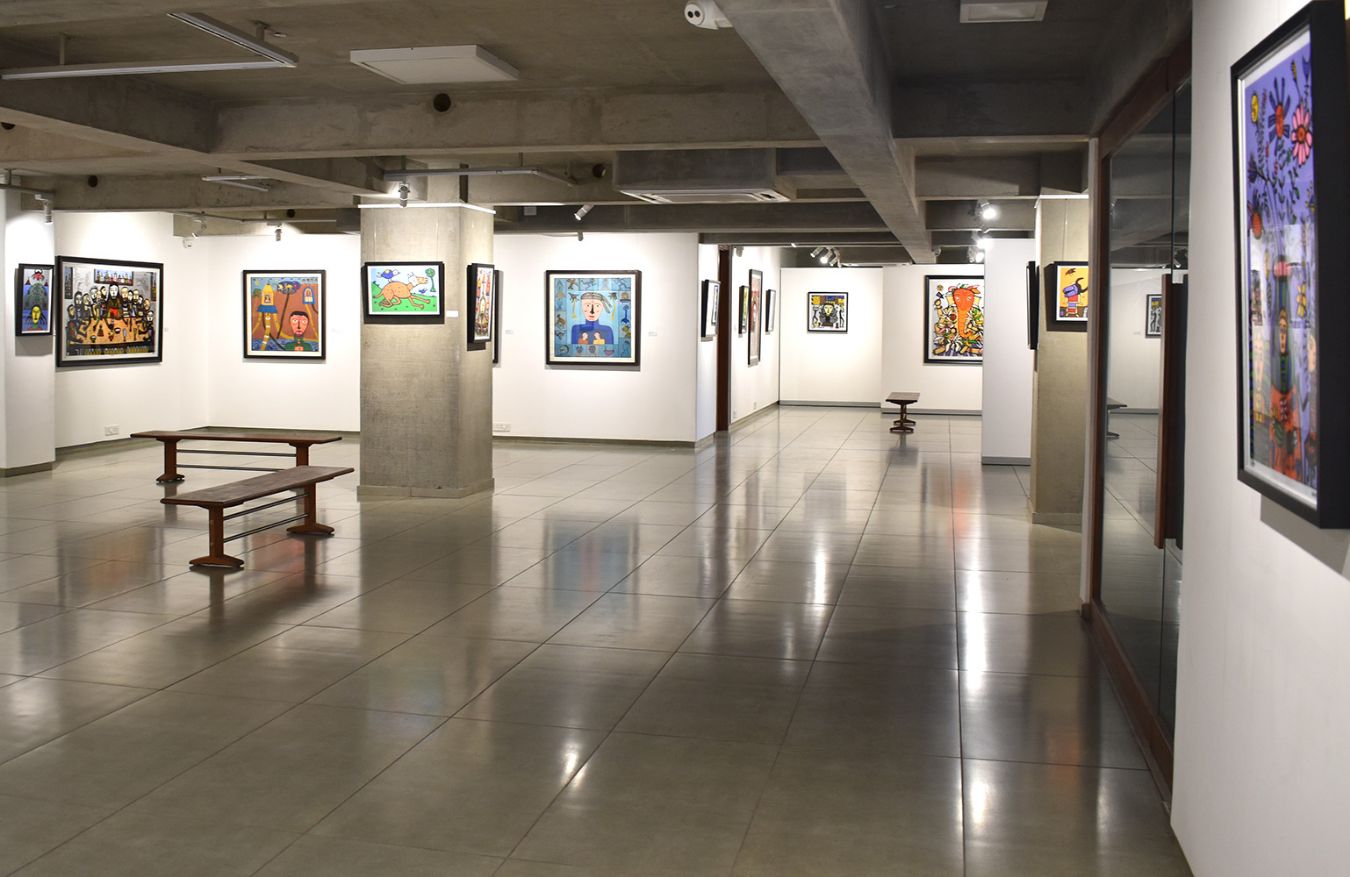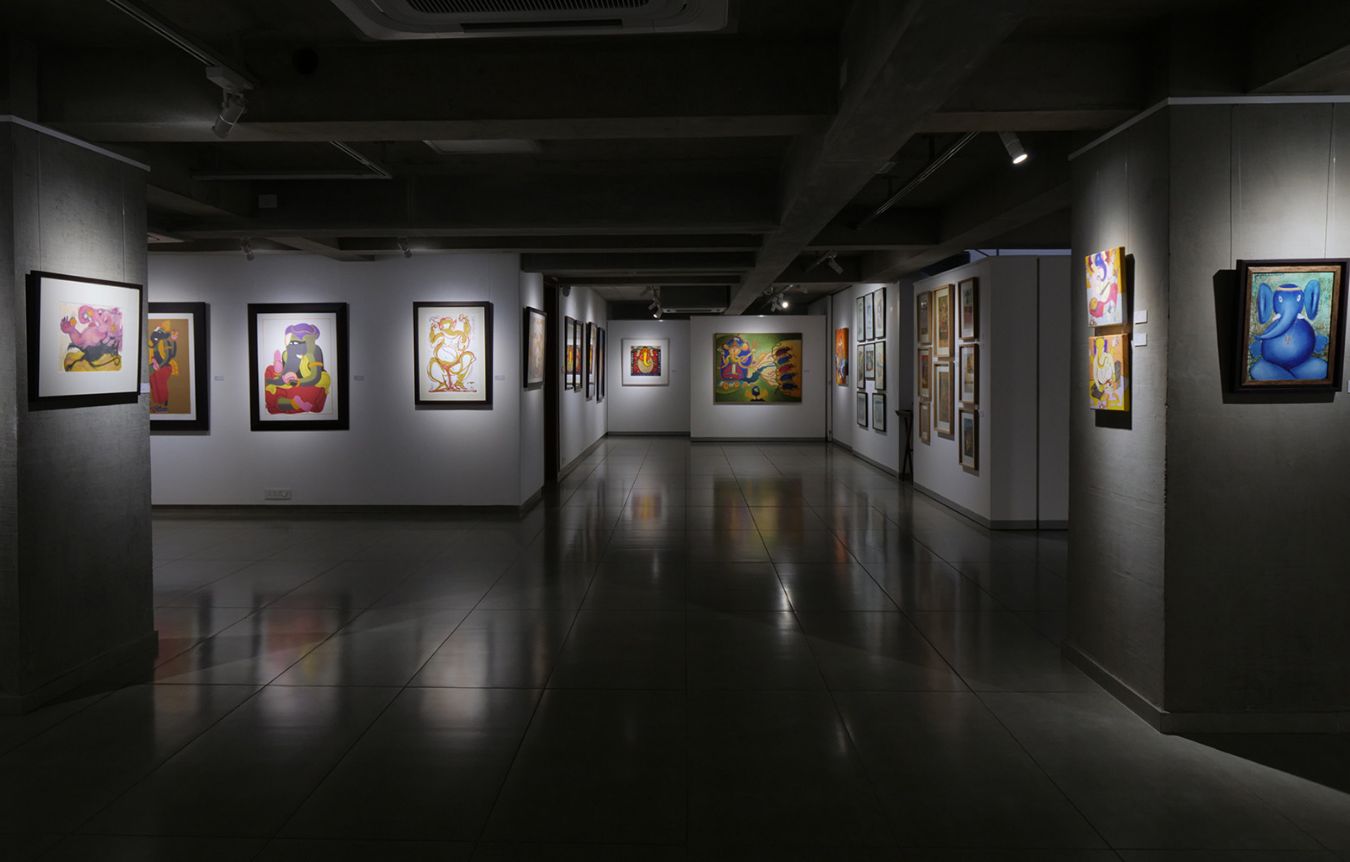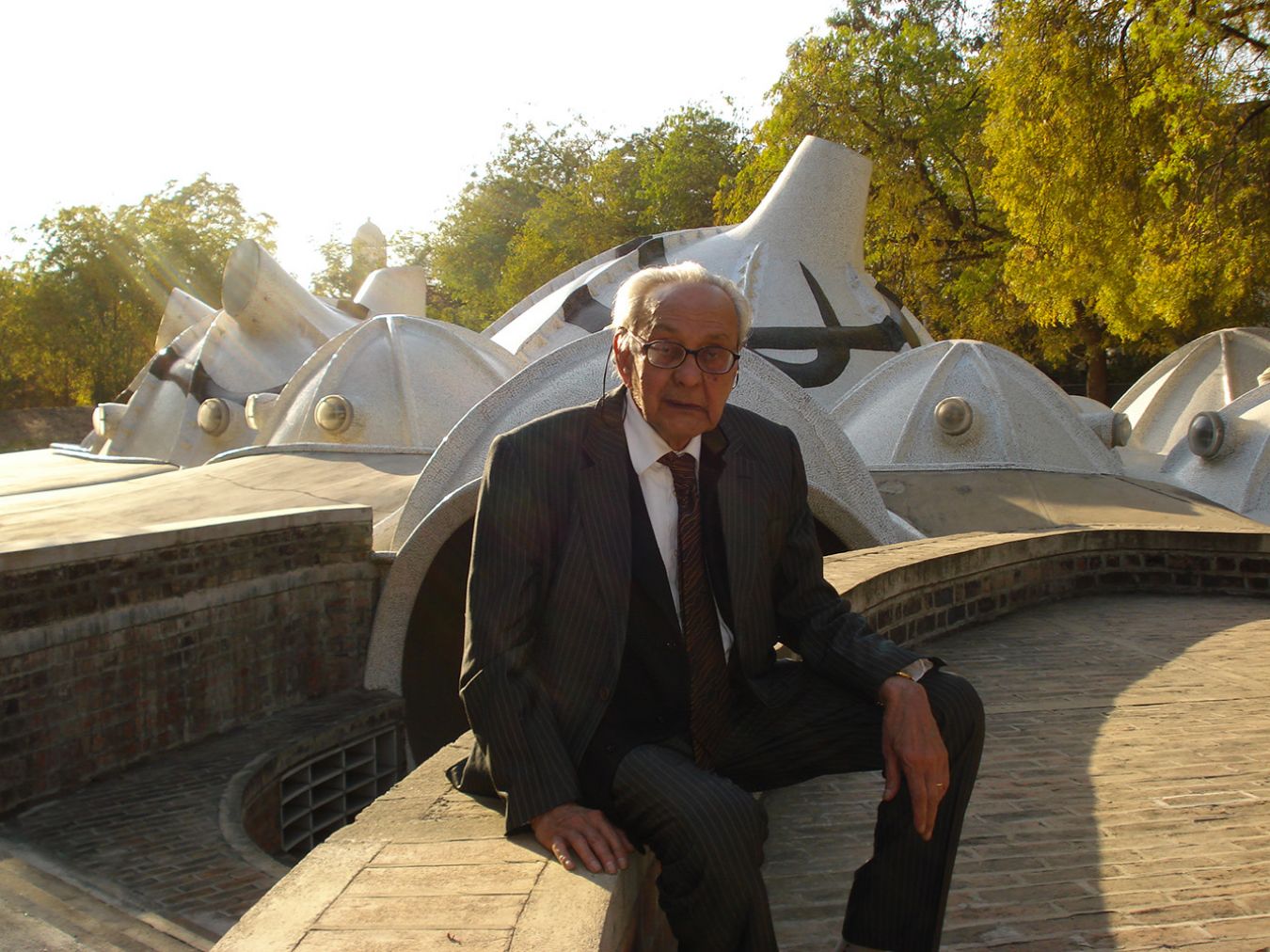Blog
In the vibrant tapestry of Indian art, where ancient techniques intertwine with modern expression, serigraphy stands as a testament to both heritage and innovation. More popularly known as silk-screen printing, serigraphy, as a fine art printmaking technique, has found a unique footing in contemporary India, playing a crucial role in preserving traditional aesthetics while embracing new artistic possibilities.
A Legacy Woven in Silk
The roots of screen printing can be traced back to ancient stencil methods, with evidence pointing to its use in China and Japan as early as 500-1000 A.D.. These early forms, often used fine silk threads to create the screen matrix, which laid the groundwork for the modern serigraph. While it gained commercial prominence in the early 20th century due to its versatility and cost-effectiveness, it was in the mid-1930s that American artist Anthony Velonis, and later Carl Zigrosser, championed its use as a fine art medium.
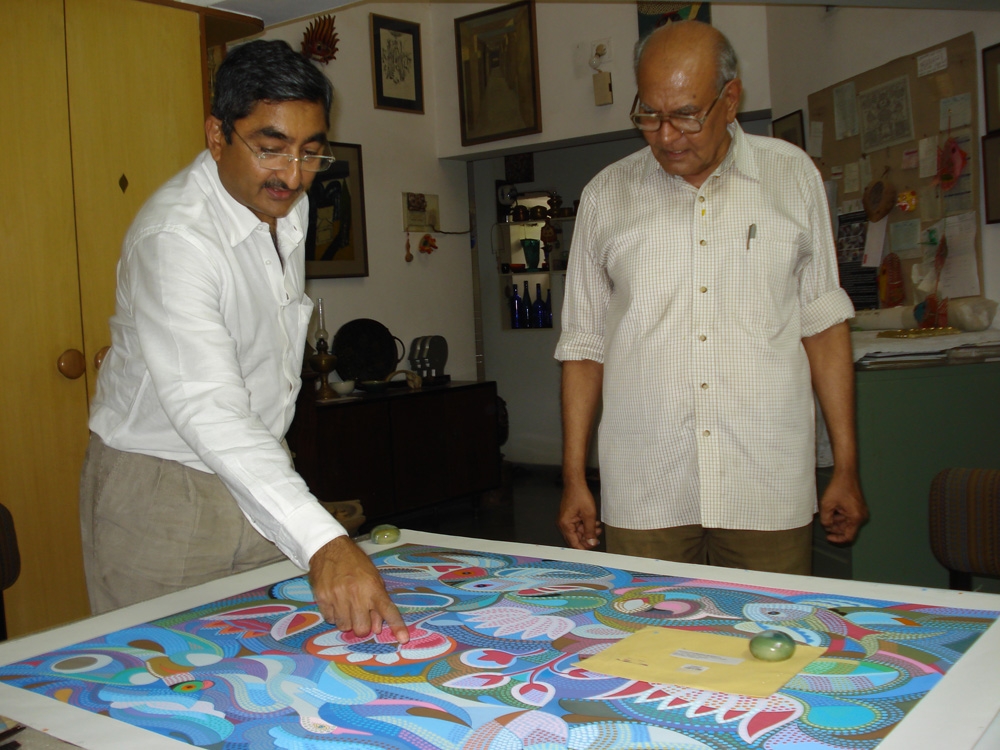 Anil Relia and Jyoti Bhatt Anil Relia and Jyoti Bhatt | 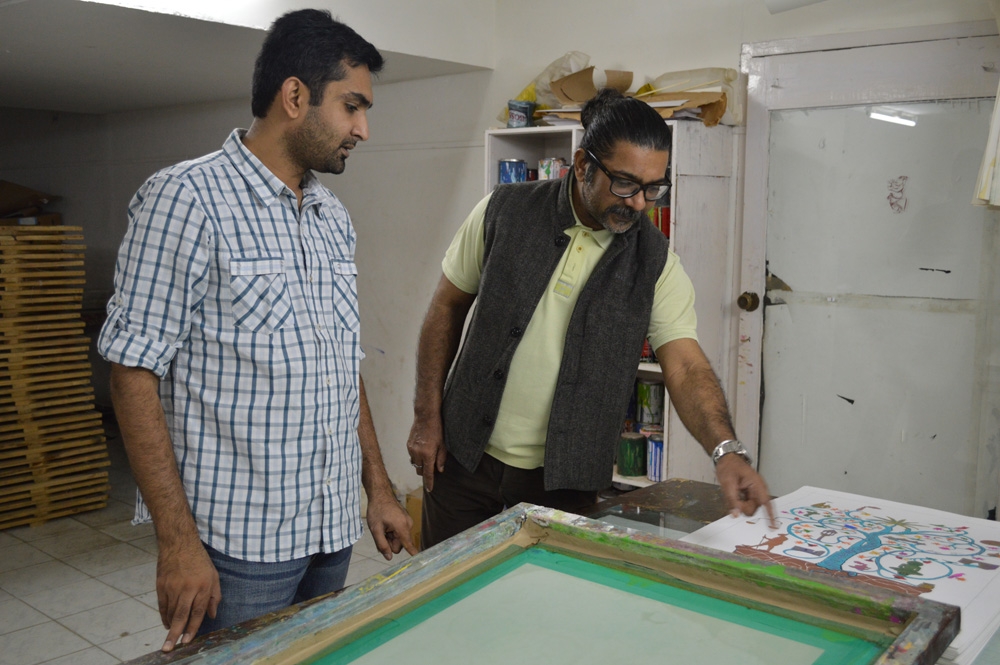 Manan Relia and Karl Antao Manan Relia and Karl Antao |
India, with its rich legacy of textile arts and block printing (like Kalamkari, Ajrakh, and Bandhani), has a natural affinity for layered printmaking. While traditional Indian printmaking often involved direct application or resist dyeing, the introduction of serigraphy, particularly in the colonial era, opened up new avenues for artistic reproduction and dissemination. Pioneers like Raja Ravi Varma, with his lithograph press in Mumbai, democratized art by making it accessible to a wider audience, though his primary medium was lithography and oleography.
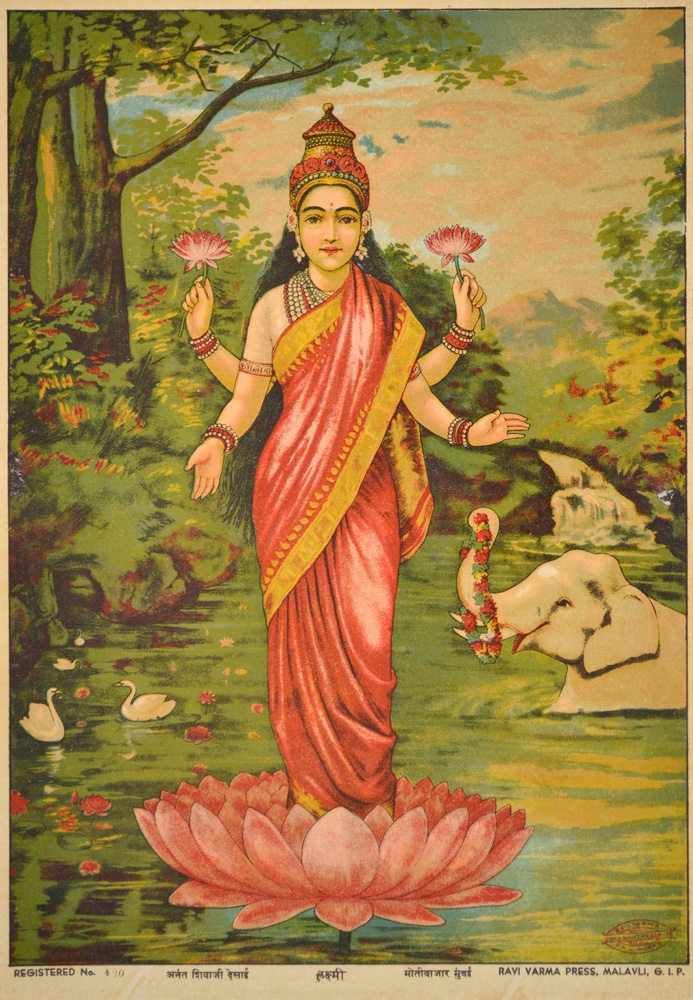 Laxmi | Ravi Varma Press Laxmi | Ravi Varma Press14 x 10 inches | Lithograph on paper | 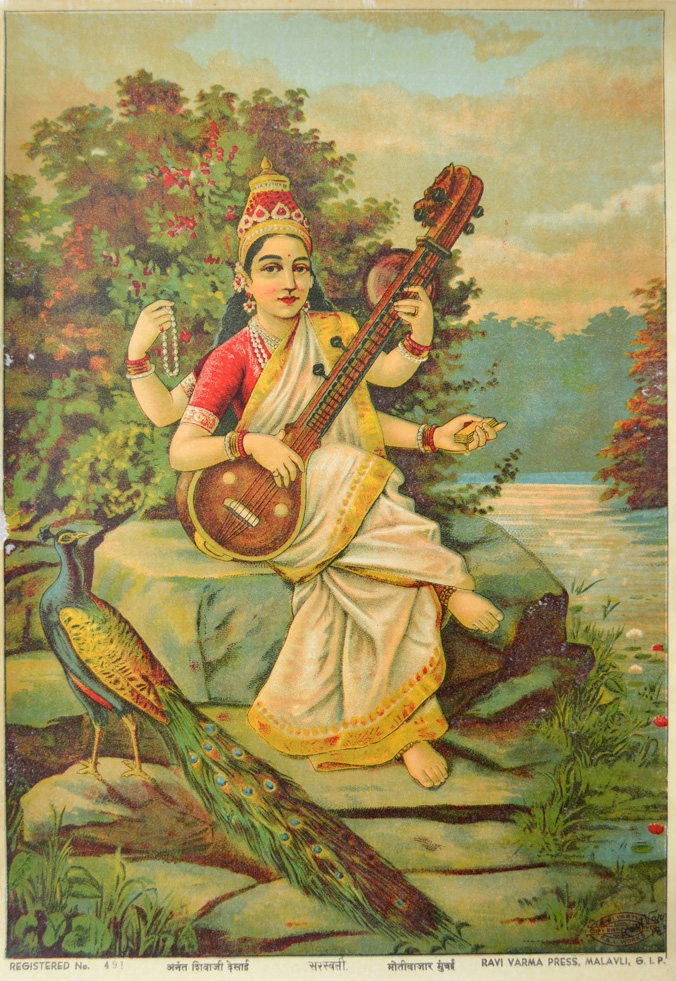 Saraswati | Ravi Varma Press Saraswati | Ravi Varma Press14 x 10 inches | Lithograph on paper |
Serigraphy's Ascent in Modern Indian Art
The true artistic potential of serigraphy in India began to flourish as artists explored its unique capabilities for vibrant colours, sharp lines, and layered effects. The process, involving a stencil placed on a fine mesh screen through which ink is pressed onto a surface, allows for remarkable precision and saturation. This distinguishes serigraphs from mass-produced prints, as they are often created in limited editions, conceptualized and overseen by the artist, making them "original prints."
Contemporary Indian artists have embraced serigraphy for various reasons:
- Vibrant Colour and Texture: Serigraphy excels at producing rich, saturated colours and unique textural effects through the layering of inks, adding depth and dimension to artworks.
- Democratic Art: Following the spirit of artists like Andy Warhol who used serigraphy to create accessible art, many Indian artists see it as a way to make their work available to a broader audience without compromising artistic integrity.
- Versatility in Mediums: Serigraphy is not limited to paper; it can be applied to various surfaces, from canvas to fabric, opening up diverse artistic expressions.
- Narrative and Detail: The precision of serigraphy allows artists to render intricate details and complex narratives.
Horse (Appropriation) | M. F. Husain | Serigraph in 25 colours on paper | 60 x 84 inches
Today, you can find a growing number of Indian artists, both established and emerging, working with serigraphy. Galleries and studios, like Archer Art Gallery, are dedicated to publishing and promoting serigraphs by leading Indian artists, further solidifying its place in the art market.
Challenges and the Way Forward
Despite its growing popularity, serigraphy, like many traditional and semi-traditional art forms in India, faces its share of challenges:
- Skill Preservation: While modern technology assists in some aspects, the nuanced skill of screen preparation, colour mixing, and precise printing still relies heavily on experienced artisans and artists. Ensuring the transfer of this knowledge to younger generations is crucial.
- Market Awareness: Educating collectors and the general public about the value and artistic merit of serigraphs as original art, distinct from digital reproductions, remains an ongoing effort.
- Infrastructure and Cost: Setting up and maintaining a professional serigraphy studio requires investment in specialized equipment and materials, which can be a barrier for independent artists.
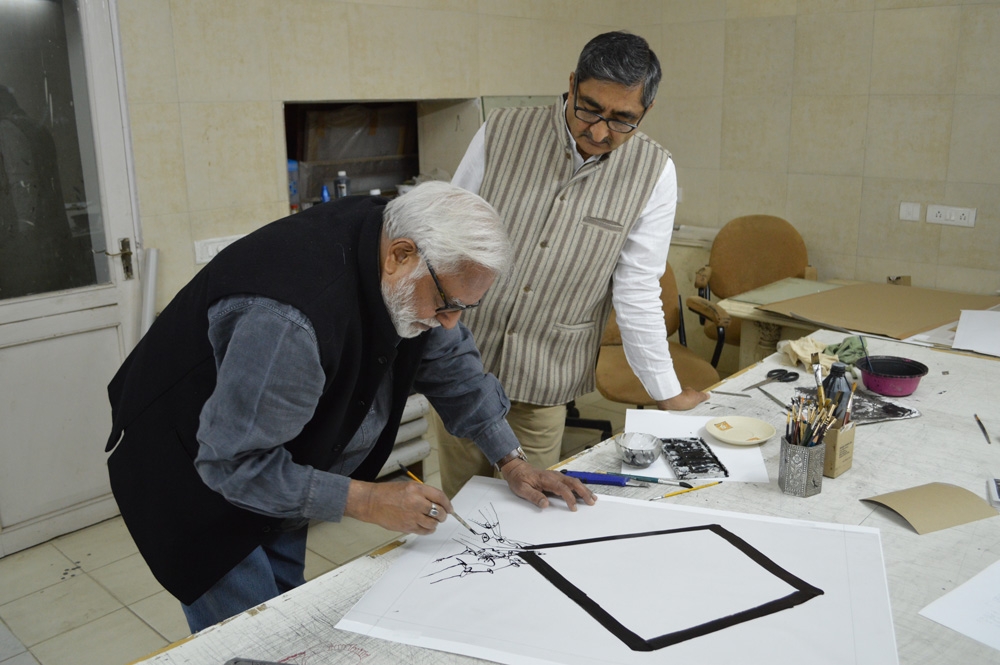 Manu Parekh and Anil Relia in Archer Graphic Studio Manu Parekh and Anil Relia in Archer Graphic Studio | 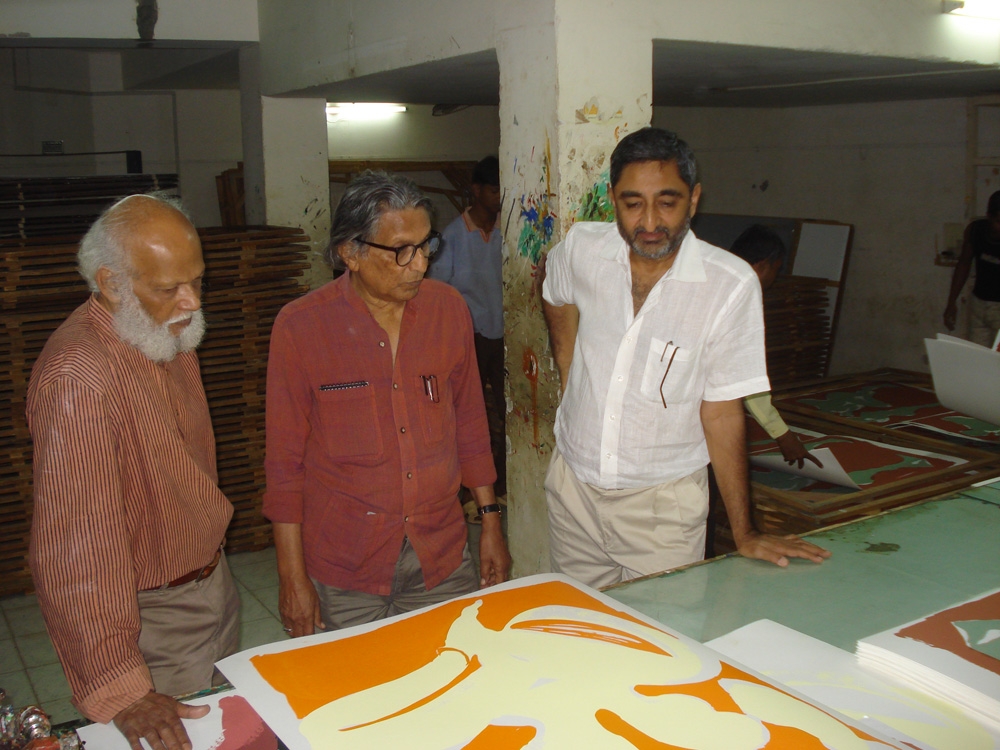 Jatin Das, B. V. Doshi and Anil Relia in Archer Graphic Studio Jatin Das, B. V. Doshi and Anil Relia in Archer Graphic Studio |
However, the future of serigraphy in India looks promising. The growing appreciation for handmade and limited-edition art, coupled with the increasing accessibility of art education and platforms, creates a fertile ground for this art form to thrive. Initiatives that bridge traditional techniques with contemporary designs, and those that empower artists and printmakers through workshops and collaborations, will be key to ensuring the "art of serigraphy" continues to illuminate the rich cultural landscape of India for generations to come. It is a beautiful dance between ancient craft and modern vision, ensuring that the legacy of printmaking continues to evolve and inspire.
- 1
- 2

